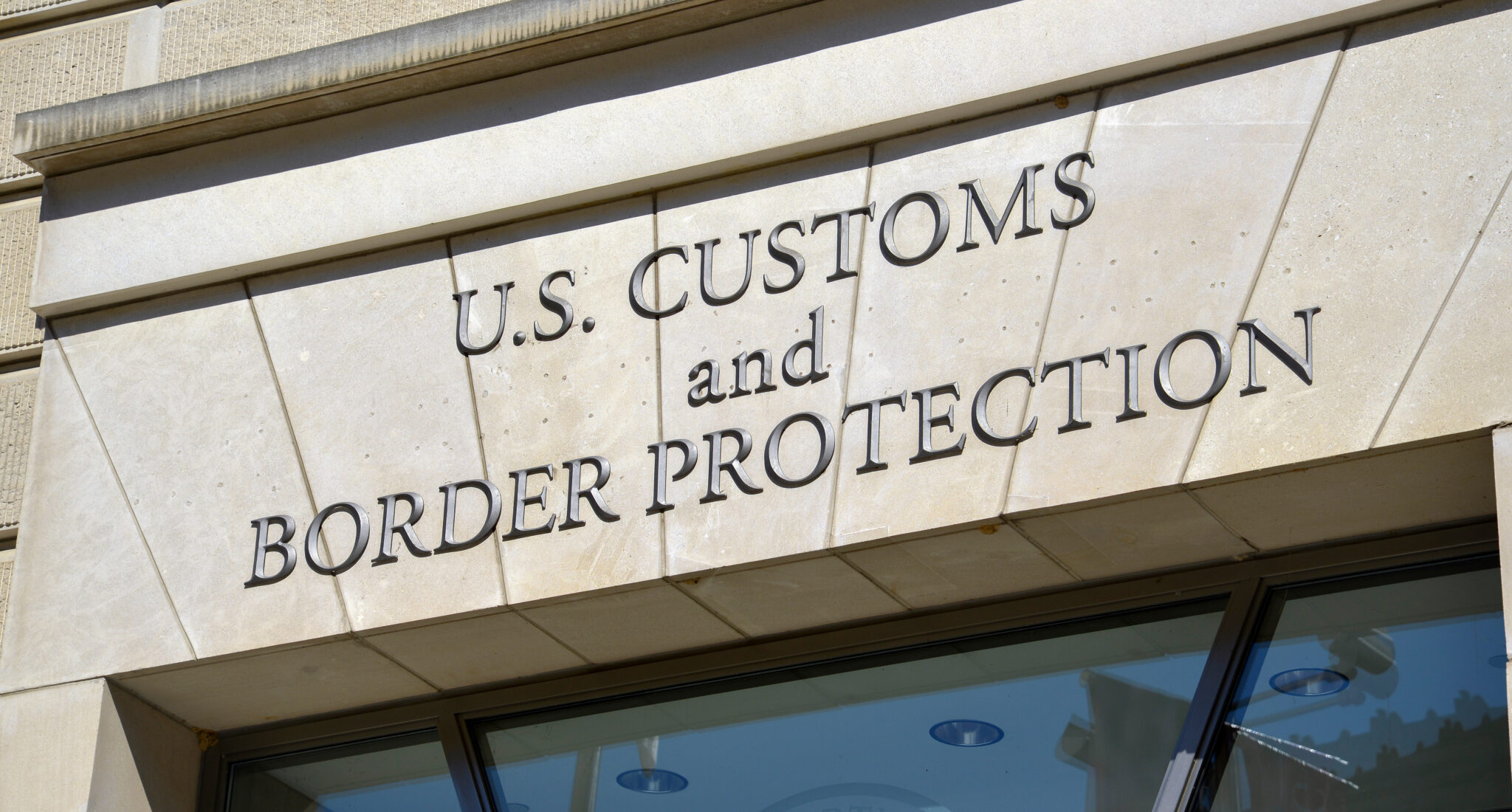Federal Agents Plead Guilty to Smuggling

Two U.S. Customs and Border Protection officers pleaded guilty to working with a Mexican cartel, exposing a critical breach in the nation’s border security.
Key Points
- CBP officers Jesse Clark Garcia and Diego Bonillo admitted to conspiring with a Mexico-based drug cartel to allow fentanyl, cocaine, methamphetamine, and heroin into the U.S.
- The officers used emoji-based coded messages to coordinate drug-laden vehicles’ passage through the Otay Mesa and Tecate ports of entry.
- Both men await sentencing, facing the possibility of life in federal prison after their July 2025 guilty pleas.
- The case highlights ongoing vulnerabilities in border security and the persistent threat of corruption at U.S. entry points.
Federal Officers Admit to Enabling Cartel Smuggling at the Border
Federal prosecutors announced on July 28, 2025, that Jesse Clark Garcia and Diego Bonillo, both officers with U.S. Customs and Border Protection, pleaded guilty to conspiracy charges after admitting they had worked with a Mexico-based drug trafficking organization. The officers’ confessions revealed that they deliberately allowed vehicles loaded with large quantities of fentanyl, cocaine, methamphetamine, and heroin to cross into the United States, bypassing standard inspection protocols at the Otay Mesa and Tecate border crossings. The officers communicated with cartel operatives using coded emoji messages, specifying which inspection lanes they would control to facilitate the drug shipments.
🚨 𝗖𝘂𝘀𝘁𝗼𝗺𝘀 𝗢𝗳𝗳𝗶𝗰𝗲𝗿𝘀 𝗣𝗹𝗲𝗮𝗱 𝗚𝘂𝗶𝗹𝘁𝘆 𝘁𝗼 𝗔𝗹𝗹𝗼𝘄𝗶𝗻𝗴 𝗖𝗮𝗿𝘁𝗲𝗹𝘀 𝘁𝗼 𝗦𝗺𝘂𝗴𝗴𝗹𝗲 𝗗𝗿𝘂𝗴𝘀 𝗜𝗻𝘁𝗼 𝗨𝗦
Read more 👇https://t.co/mGZsyOuJbF pic.twitter.com/OS5msefLjp
— The Epoch Times (@EpochTimes) August 2, 2025
Bonillo admitted during court proceedings that he alone was responsible for allowing at least 165 pounds of fentanyl into the country—a staggering amount given the drug’s lethality. Garcia and Bonillo’s financial motives were made clear by their attempts to purchase luxury vehicles and real estate in Mexico, funded by the proceeds of their criminal activity. Their actions demonstrate how insider threats remain a critical vulnerability at the border, even as the current administration works to restore accountability and border integrity.
Corruption at Critical Entry Points Exposes Systemic Weakness
The Otay Mesa and Tecate ports of entry are among the most strategically significant crossings along the U.S.-Mexico border. Otay Mesa, in particular, processes thousands of passenger and commercial vehicles daily, making it a prime target for drug trafficking organizations. Historical data shows that while the vast majority of CBP officers serve honorably, cases of corruption have occurred with concerning regularity. Recent years saw other agents prosecuted for similar offenses, including a 2023 case in which a former Border Patrol agent was sentenced for smuggling cocaine, fentanyl, and heroin across the border. The persistence of these cases highlights the ongoing challenge of vetting, monitoring, and supporting law enforcement personnel who face direct targeting by powerful international criminal organizations.
National Security and Public Confidence at Stake
Communities across the country, already struggling with the devastating effects of fentanyl, now face the reality that criminal organizations are not only targeting the border but have succeeded in compromising federal agents. Prosecutors are seeking maximum penalties, with both men facing up to life in prison. Sentencing is scheduled for September 26, 2025, for Garcia and November 7, 2025, for Bonillo.
The Department of Homeland Security and CBP leadership are under renewed pressure to implement reforms, deploy new technologies, and reassure the American public that the mistakes of the past—marked by lax oversight, misplaced priorities, and political distractions—will not be repeated. Calls for policy reform, including greater investment in surveillance, AI-driven anomaly detection, and comprehensive financial monitoring of border officers, are gaining traction.
